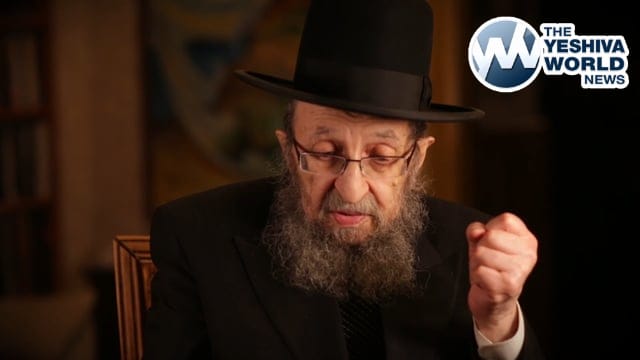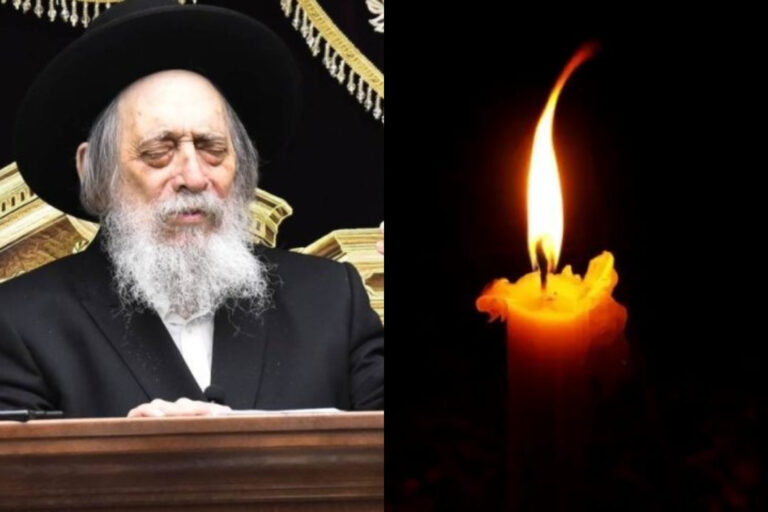An adjunct art professor is suing the Minnesota university that dismissed her after a Muslim student objected when she included depictions of the Prophet Muhammad in a global art course.
Erika López Prater alleges that Hamline University — a small, private school in St. Paul — subjected her to religious discrimination and defamation, and damaged her professional and personal reputation, according to a statement released Tuesday by her attorneys.
“Among other things, Hamline, through its administration, has referred to Dr. López Prater’s actions as ‘undeniably Islamophobic,’″ according to the statement. “Comments like these, which have now been published in news stories around the globe, will follow Dr. López Prater throughout her career, potentially resulting in her inability to obtain a tenure track position at any institution of higher education.”
In Minnesota, a lawsuit can be started by serving a summons and a complaint to the party being sued. Attorneys for López Prater said the lawsuit was served to Hamline University on Tuesday and will soon be filed in court.
Hamline University did not immediately return email, phone or text messages seeking comment.
Last October López Prater showed the 14th-century painting depicting the Prophet Muhammad in a lesson on Islamic art. For many Muslims, visual depictions of the Prophet Muhammad violate their faith, which López Prater knew.
According to the lawsuit, López Prater’s course syllabus included a note that students would view images of religious figures, including the Prophet Muhammad. The syllabus also included an offer to work with students uncomfortable with viewing those images.
She also warned the class immediately before showing the depiction of the Prophet Muhammad. She said in media interviews last week that her goal was to teach students about the “rich diversity” of attitudes toward such imagery.
López Prater has said that she and the department chair were discussing her teaching a new course — but after the student’s complaint she was told that “her services were no longer needed.”
Hamline’s president has said the professor’s contract was not renewed following the fall semester.
The lawsuit alleges that instead of the university recognizing that López Prater had shown the images for a proper academic purpose, it imposed the student’s interpretation of Islam on all other employees and students, adding that this is “a privilege granted to no other religion or religious belief” at the school.
On Friday, the Council on American-Islamic Relations, a national civil rights organization for Muslims, disputed the belief that López Prater’s behavior was Islamophobic. The group said professors who analyze images of the Prophet Muhammad for academic purposes are not the same as “Islamophobes who show such images to cause offense.”
At a news conference last week organized by supporters of López Prater’s firing, the student who filed the complaint said she had never seen a depiction of the Prophet Muhammad until the October class.
“It just breaks my heart that I have to stand here to tell people that something is Islamophobic and something actually hurts all of us, not only me,” said Aram Wedatalla, who is president of Hamline’s Muslim Student Association.
Also Friday, the chair of Hamline University’s Board of Trustees said that they were reviewing the university’s policies, and its responses to both student complaints and faculty concerns about academic freedom.
(AP)












4 Responses
There are no first amendment rights at a non-government employer, though this might constitute violation of the anti-discrimination provisions of Civil Rights Act, and may also violate private contract terms if the school contractually agreed to respect academic freedom or freedom of speech and/or the school gave no indication in its employment contract that violating Islamic norms would lead to dismissal.
no muslim teacher should even show Mohammad in New York or any american school……nor should any familiarity to a religious focus be outlined,..plain and simple, she is inviting terror
Why is YWN referring to him as a prophet? That is totally inappropriate.
> akuperma
The article refers to religious discrimination. The rule seems to be that an actual religious institution is exempt from religious discrimination law. I see no evidence that this institution qualifies as a “religious institution” (and certainly not as a Muslim religious institution). As such, it is subject to laws about religious discrimination. The complaint against the professor was that she did not conform to Islamic aniconism (religious law against showing such depictions). So clearly they are trying to force religious belief in a non-religious institution, which clearly violates religious discrimination law. But aside from that, banning the art in question discriminates against those sects of Islam which depicted the art then and now. So that is a second level of religious discrimination.
But more, the class she was teaching was the history of Islamic art , and the art she was showing was commissioned (and painted) by Muslims. So it seems to me she would be derelict for NOT showing the art. The university publicly stated that the professor’s actions were “undeniably inconsiderate, disrespectful and Islamophobic”. So aside from the university now being libelous, one could even argue just as easily that NOT showing the Muslim commissioned and Muslin painted art is Islamophobic.